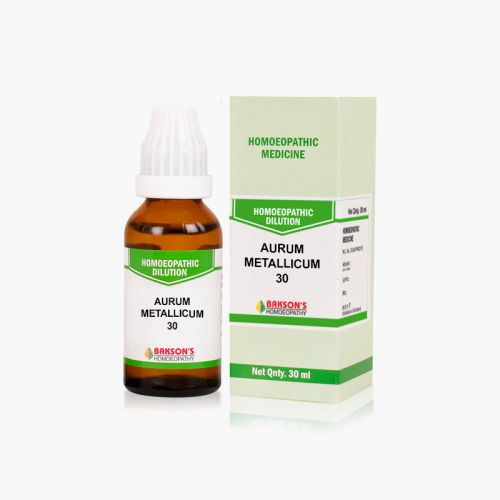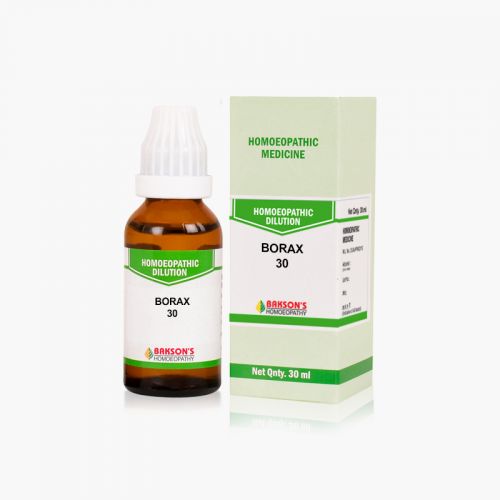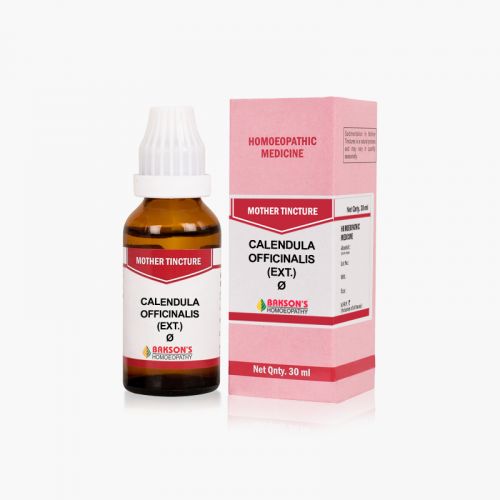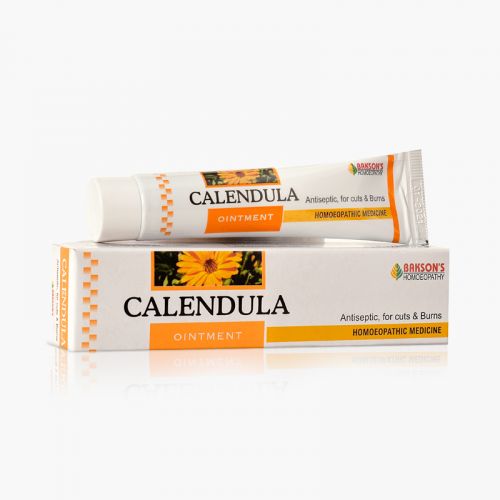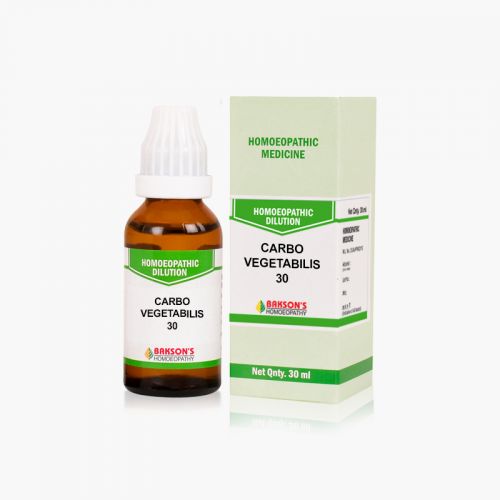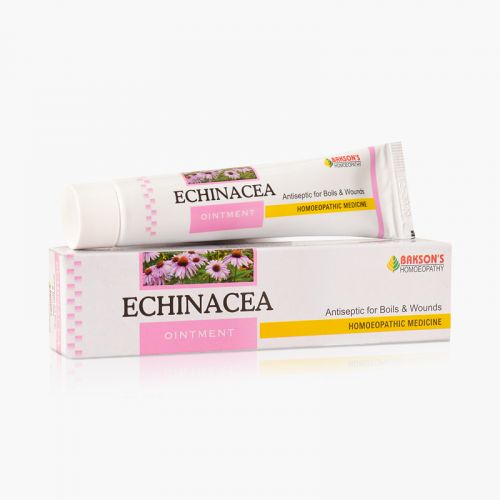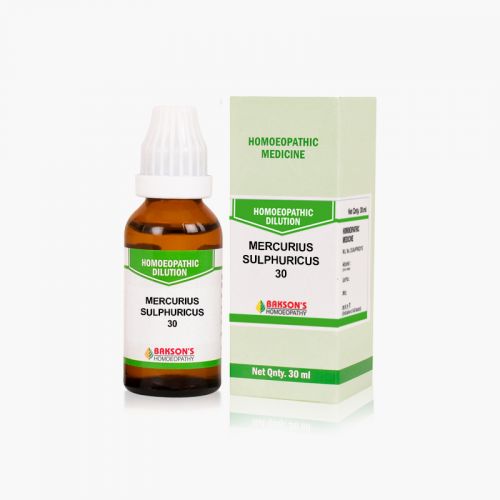We use cookies to make your experience better. To comply with the new e-Privacy directive, we need to ask for your consent to set the cookies. Learn more.
What is Dermal Ulcer?
Dermal ulcer or skin ulcer is an open sore resulting from an injury, poor circulation or pressure. It can develop on any part of the body but are most common on lower extremities, mouth or lips, hips and gluteal region.
Types of Ulcer
- Venous skin ulcers: Shallow, open sores that develop in the skin of the lower extremities due to poor blood circulation.
- Arterial (ischemic) skin ulcers: They can form on the outside of the ankle, feet, and toes due to failure of proper arterial circulation to the limb. Without a steady supply of oxygen, the tissues die and an ulcer develops.
- Neuropathic skin ulcers: They are a common complication of uncontrolled diabetes. Neuropathic skin ulcers develop from small wounds, such as blisters or small cuts. A person with diabetes-associated neuropathy might not notice the ulcer due to painlessness.
- Bedsores or pressure ulcers: also called pressure sores or bedsores, occur as a result of constant pressure or friction on the skin. If left untreated, decubitus ulcers can cause damage to tendons, ligaments, and muscle tissue.
- Buruli ulcer: Buruli ulcer is caused by the Mycobacterium ulcerans bacteria characterized by large ulcers on the arms and legs.
- Stasis dermatitis: or gravitational dermatitis, is a condition that causes inflammation, skin irritation, and ulcers on the legs. It is the result of fluid buildup due to poor circulation.
Signs and Symptoms
The symptoms of skin ulcers include:
- Discoloration of the skin
- Itching
- Scabbing
- Oedema of the surrounding skin
- Dry or flaky skin
- Pain or tenderness near the affected area
- Clear, bloody, or pus-filled discharge from the ulcer
- A foul odor
- Hair loss near the ulcer
Diagnosis
Diagnosis is mainly clinical but certain investigations might be advised to determine the cause of ulcer.
Management
Treatment depends on the underlying cause. For example, in venous ulcers, compression bandages may be helpful as they help circulation, whereas this treatment is not used for other skin ulcers.
Preventive measures include:
- Avoiding excessive exposure to the sun.
- Ulcers related to diabetes can be prevented by good control of the diabetes through lifestyle and medication where required.
- Circulation in the legs is improved by regular exercise and keeping weight within a healthy range.
- Cessation of smoking to maintain good circulation, as smoking is the main cause of peripheral arterial disease.
- Protecting skin from being dry and scaly - for example, with moisturising creams (emollients) - helps to prevent the breaks in the skin which can lead to an ulcer.
- Avoiding being in the same position for long periods of time helps to prevent pressure ulcers.
Warning: Above information provided is an overview of the disease, we strongly recommend a doctor's consultation to prevent further advancement of disease and/or development of complications.
Disclaimer: The information provided herein on request, is not to be taken as a replacement for medical advice or diagnosis or treatment of any medical condition. DO NOT SELF MEDICATE. PLEASE CONSULT YOUR PHYSICIAN FOR PROPER DIAGNOSIS AND PRESCRIPTION.
- ACIDUM FLUORICUM 30₹ 100.00
- ACIDUM NITRICUM 30₹ 100.00
- AURUM METALLICUM 30₹ 100.00
- CALENDULA OFFICINALIS (EXT.)Special Price ₹ 88.00 Regular Price ₹ 110.00
- CALENDULA OINTMENT- 25 GM₹ 75.00
- CARBO VEGETABILIS 30₹ 100.00
- ECHINACEA ANGUSTIFOLIA (EXT.)Special Price ₹ 176.00 Regular Price ₹ 220.00
- HEPAR SULPHUR 30₹ 100.00
- MERCURIUS SULPHURICUS 30₹ 100.00






